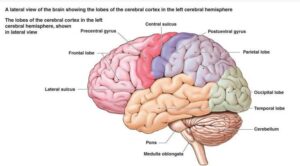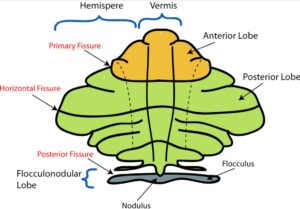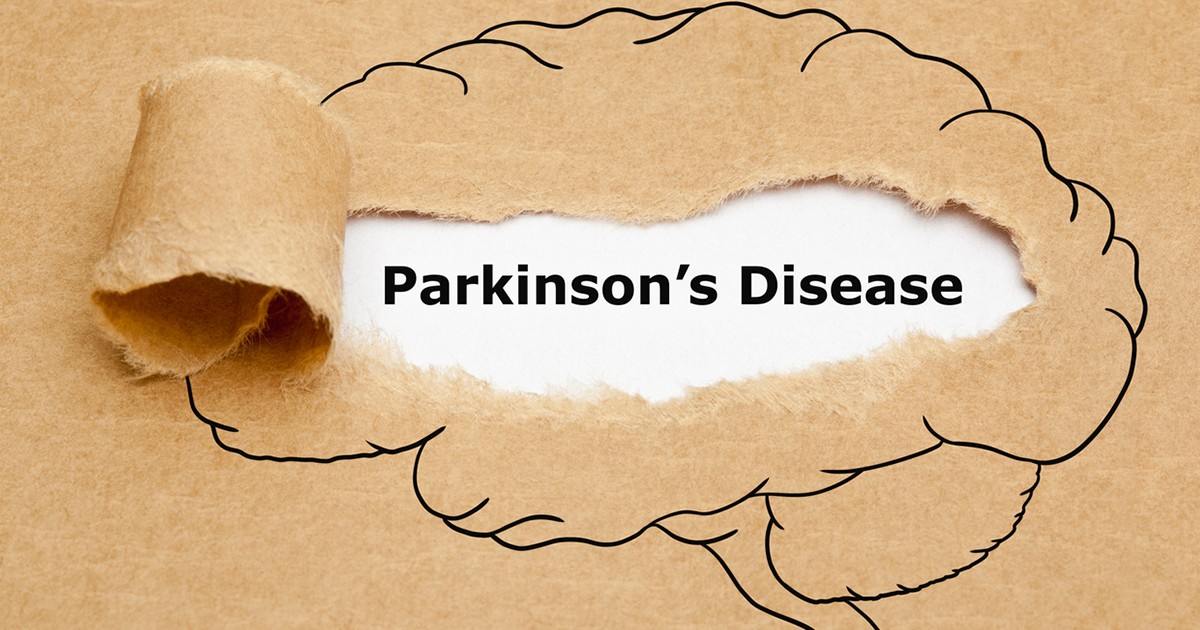Decoding Cerebellar Ataxia: Symptoms & Support
Physiotherapy
What is the cerebellum and what does it do?
The cerebellum, an integral part of the brain, is situated beneath the cerebral cortex, at the rear, behind the brainstem, and above the spinal cord. The cerebellum is responsible for coordinating movement, balance, and posture.

Dysfunction in the cerebellum can lead to problems with balance and gait, and coordination issues that result in ataxia, lack of coordinated movements, instability, speech disorders or dysarthria, visual impairments such as nystagmus, and vertigo, all as components of the vestibulocerebellar system.
Anatomy of the Cerebellum
The cerebellum has 3 parts:
Archicerebellum (vestibulocerebellum): It includes the flocculonodular lobe, which is located in the medial zone. The archicerebellum helps maintain equilibrium and coordinate eye, head, and neck movements; it is closely interconnected with the vestibular nuclei.
Midline vermis (paleocerebellum): which helps coordinate the trunk and leg movements. Vermis lesions results in abnormalities of stance and gait.
Lateral hemispheres (neocerebellum): which controls quick and fine coordinated limb movements, predominantly of the arms and hands.
In addition to coordination, the cerebellum controls some aspects of memory, learning, and cognition.
Ataxia is the archetypal sign of cerebellar dysfunction, but many other motor abnormalities may occur

Causes of Cerebellar Disorders:
Cerebellar disorders, also known as cerebellar ataxias, can have various causes. When it is affected by damage or dysfunction, it can lead to a range of motor coordination problems.
Some common causes of cerebellar disorders include:
Genetic factors: Many cases of cerebellar disorders are caused by genetic mutations that can be inherited from one or both parents. There are both autosomal dominant and recessive forms of hereditary ataxias.
Acquired conditions: Certain medical conditions and events can lead to cerebellar damage. These may include:
1. Stroke: Interruption of blood flow to the cerebellum can cause cerebellar damage and ataxia.
2. Traumatic brain injury: A severe blow to the head can result in cerebellar damage and lead to ataxia.
3. Tumors: Brain tumors, whether originating in the cerebellum or affecting it from other regions, can cause problems.
4. Infections: Certain infections, such as encephalitis or meningitis, can impact the cerebellum.
5. Toxic exposure: Prolonged exposure to certain toxins or chemicals can harm the cerebellum.
6. Autoimmune disorders: Some autoimmune conditions can cause the immune system to attack the cerebellum.
7. Alcohol abuse: Long-term alcohol abuse can lead to cerebellar degeneration, known as alcoholic cerebellar ataxia.
Degenerative disorders: Certain degenerative conditions can cause progressive damage to the cerebellum over time. For example, spinocerebellar ataxias (SCAs) are a group of genetic degenerative disorders affecting the cerebellum and parts of the spinal cord.
Metabolic disorders: Some metabolic disorders can lead to the accumulation of toxic substances in the brain, including the cerebellum, causing ataxia.
Vascular problems: Cerebellar ataxia can result from issues related to blood vessels supplying the cerebellum, such as arteriovenous malformations or small vessel disease.
Paraneoplastic syndromes: In some cases, the immune response triggered by cancer in other parts of the body can lead to cerebellar damage.
Symptoms of Cerebellar Disorders:

Cerebellar disorders can manifest with a variety of symptoms, and the severity of these symptoms can vary depending on the underlying cause and the extent of cerebellar damage.
Some common symptoms of cerebellar disorders include:
Ataxia: Ataxia is the hallmark symptom of cerebellar disorders. It refers to a lack of coordination and balance. People with cerebellar ataxia may have difficulty walking, performing precise movements, and maintaining balance. Their gait may be unsteady, with a wide-based stance.
Dysmetria: Dysmetria is the inability to judge the distance and range of movements accurately. It can result in overshooting or undershooting a target when reaching for an object or pointing to something.
Intention tremor: Tremors that occur during purposeful movements are called intention tremors. They become more pronounced as the person approaches the target of their movement.
Hypotonia: Hypotonia refers to decreased muscle tone, which can give the appearance of “floppiness” or reduced resistance to passive movement.
Dysarthria: Speech may be affected, and individuals might have difficulty articulating words clearly due to impaired control of the muscles involved in speech.
Nystagmus: Involuntary and rhythmic eye movements, known as nystagmus, may occur. This can cause visual disturbances and difficulty maintaining visual focus.
Dysdiadochokinesia: This is the inability to perform rapid alternating movements, such as rapidly tapping the palms and back of the hands.
Balance issues: Individuals may have difficulty maintaining balance, especially when standing or walking, and may be prone to falling.
Dizziness and vertigo: Some people with cerebellar disorders may experience feelings of dizziness or vertigo, which can contribute to their difficulties with balance and coordination.
Cognitive and emotional changes: In some cases, cerebellar disorders may be associated with cognitive impairments and mood changes, although these symptoms are more commonly seen in certain specific cerebellar disorders.
How Can Physiotherapy Help?
Physiotherapy can play a significant role in helping individuals with cerebellar disorders, specifically those affecting movement, coordination, and balance.
The primary goal of physiotherapy in these cases is to optimize functional abilities, improve mobility, and enhance quality of life.
Here are some ways in which physiotherapy can help individuals with cerebellar disorders:
Balance and Coordination Training: Physiotherapists can design specific exercises and activities to address balance deficits and improve coordination. These may include weight-shifting exercises, balance drills, and activities that challenge the individual’s ability to maintain stability.
Gait Training: Walking difficulties are common in cerebellar disorders. Physiotherapists can work on gait retraining, helping individuals improve their walking pattern, step length, and overall walking stability.
Strength and Conditioning: Strengthening exercises are essential to support weak muscles and improve overall functional abilities. Physiotherapists can develop tailored strength and conditioning programs based on the individual’s specific needs and limitations.
Stretching and Range of Motion Exercises: Maintaining flexibility and range of motion in joints is crucial to prevent contractures and maintain functional mobility. Physiotherapists can guide individuals through stretching exercises and passive range of motion techniques.
Equipment and Gait aids: Physiotherapists can assess and recommend appropriate adaptive equipment and assistive devices, such as a walking tick or walking frame enhance mobility and safety.
Fall Prevention Strategies: Since individuals with cerebellar disorders are at a higher risk of falling, physiotherapists can teach strategies to prevent falls and improve the person’s ability to recover from a stumble or loss of balance.
Task-Specific Training: Physiotherapists may use task-specific training, where they focus on exercises that mimic everyday activities, to improve functional skills and promote independence in daily life.
Coordination and Motor Control Exercises: Tailored exercises can be used to target specific coordination difficulties, such as dysmetria and dysdiadochokinesia, and improve motor control. Education and Home Exercise Programs: Physiotherapists can educate patients and their families about the condition, teach techniques for managing symptoms, and develop home exercise programs to facilitate ongoing progress.



